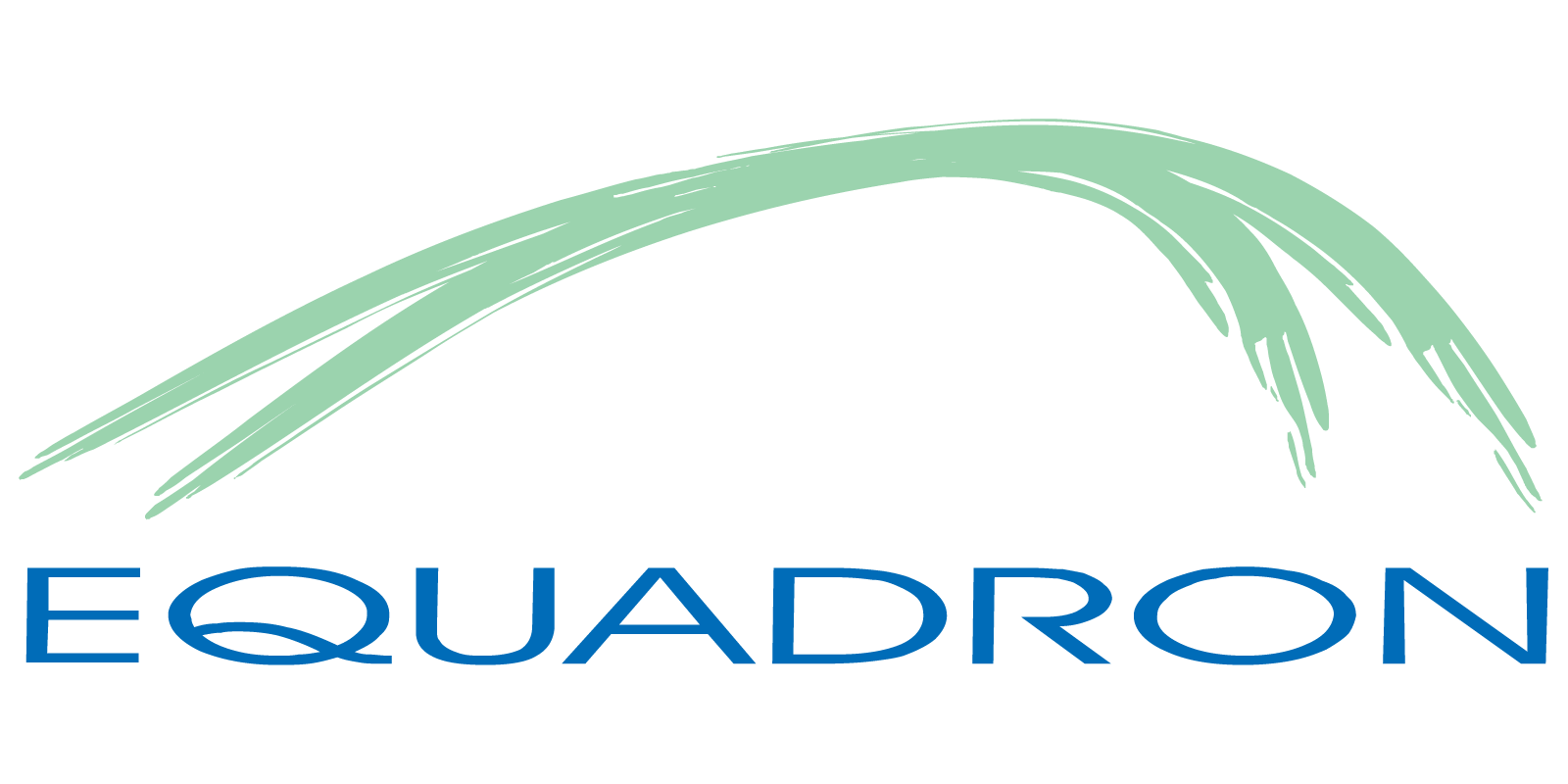Non-Destructive Testing services
Non-Destructive Testing services
Visual inspection
Visual inspection
Visual inspection or VT is a non-destructive testing (NDT) technique that provides a means of detecting and examining a wide variety of surface defects, such as corrosion, contamination, surface finish, and defects on joints. Visual inspection is also the most widely used method for detecting and examining surface cracks, which are particularly important because of their relationship to structural failure mechanisms.
Visual inspection is the most important of the inspection methods due to its capacity to detect defects not only in completed welds but also before welding such as mechanical damage, cutting or machining defects, and improper joint preparation. It also includes numerous techniques to perform dimensional checks that are critical for the service life and proper assembly of structures such as camber, flange distortion, and web flatness.
Visual welding inspectors have more responsibilities than non-destructive testing (NDT) technicians. For instance, visual welding inspectors are responsible for reviewing materials, welding procedures, and welders’ certifications whereas NDT technicians’ role is typically limited to accepting or rejecting welds.

magnetic particle inspection
magnetic particle inspection
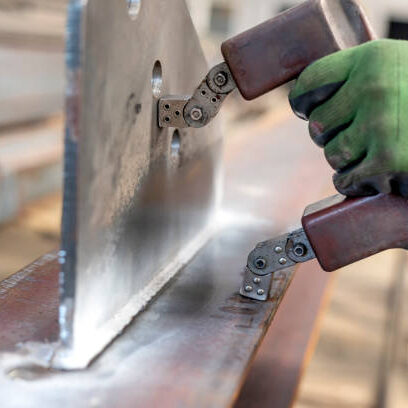
Magnetic particle inspection or MT is a non-destructive testing (NDT) method of locating surface and subsurface discontinuities in ferromagnetic materials. When a material or part is magnetized, magnetic discontinuities that lie in a direction generally transverse to the direction of the magnetic field will cause a leakage field (i.e. discontinuity) to be formed at and above the surface of the part. The presence of this discontinuity is detected by the use of finely divided ferromagnetic particles applied over the surface, with some of the particles being gathered and held by the leakage field. This magnetically held collection of particles forms an outline of the defect and generally indicates its location, size, shape, and extent. Magnetic particles are applied over a surface as dry particles or as wet particles in a liquid carrier such as water or oil.
liquid penetrant testing
liquid penetrant testing
Liquid penetrant inspection or PT is a non-destructive testing (NDT) method of revealing discontinuities that are open to the surfaces of solid and essentially nonporous materials. Indications of a wide spectrum of flaw sizes can be found regardless of the configuration of the workpiece and regardless of flaw orientations.
Liquid penetrants seep into various types of minute surface openings by capillary action. Because of this, the process is well suited to the detection of all types of surface cracks, laps, porosity, shrinkage areas, laminations, and similar discontinuities. It is extensively used for the inspection of wrought and cast products of both ferrous and nonferrous metals, powder metallurgy parts, ceramics, plastics, and glass objects.
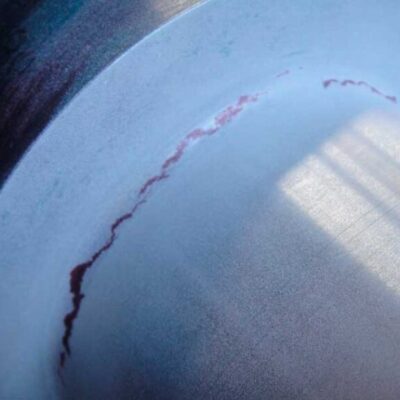
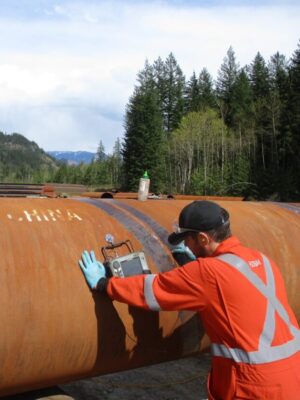
ultrasonic examination
ultrasonic examination
Ultrasonic inspection or UT is a volumetric non-destructive testing (NDT) method in which beams of high-frequency sound waves are introduced into materials for the detection of surface and subsurface flaws in the material. The sound waves travel through the material with some attendant loss of energy (attenuation) and are reflected at interfaces. The reflected beam is displayed and then analyzed to define the presence and location of flaws or discontinuities.
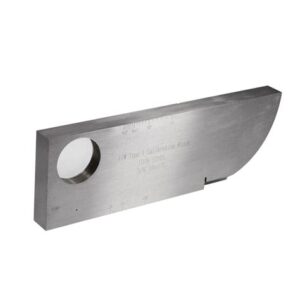

Equadron Consultants Inc. © 2023 – All rights reserved.
